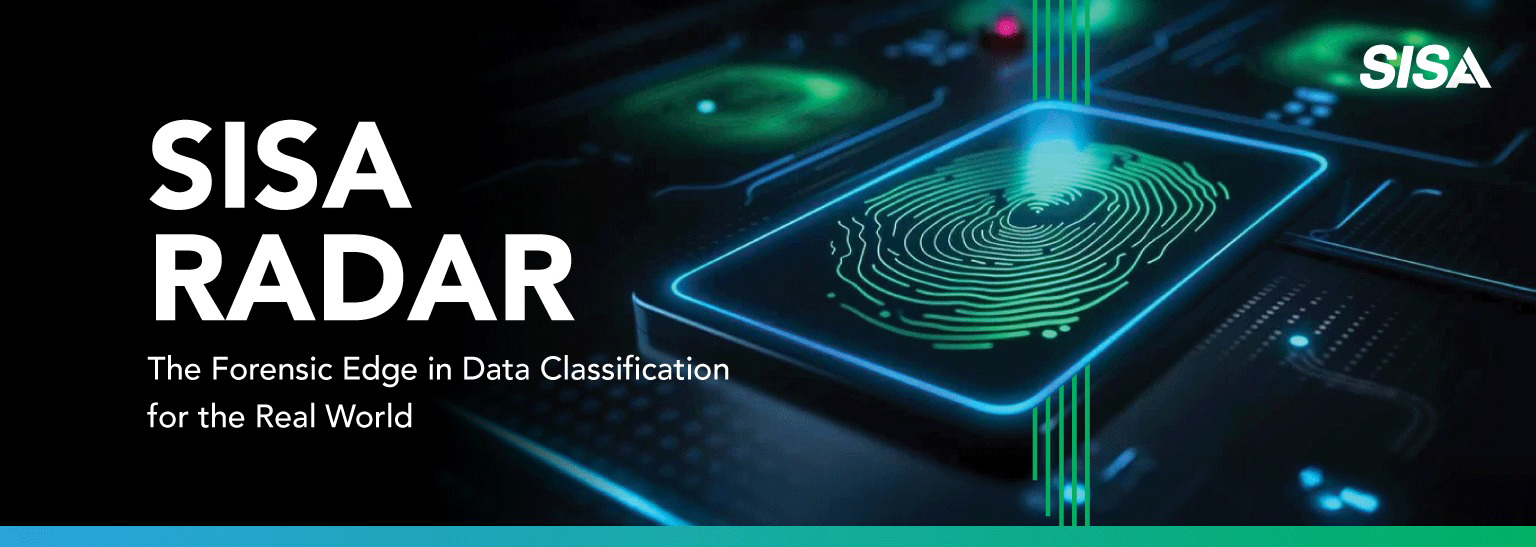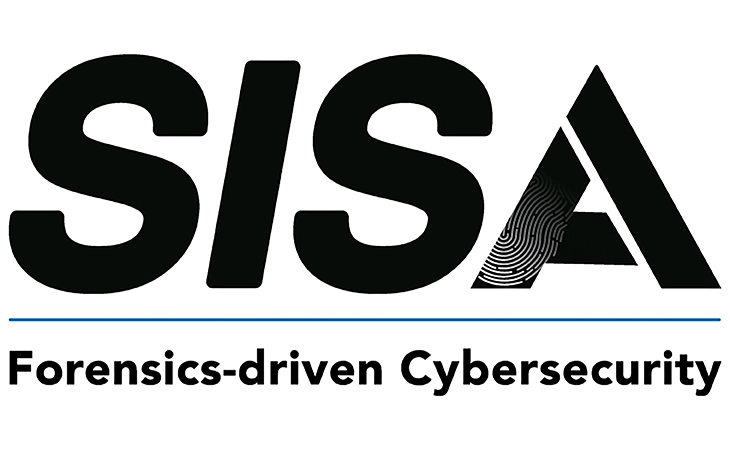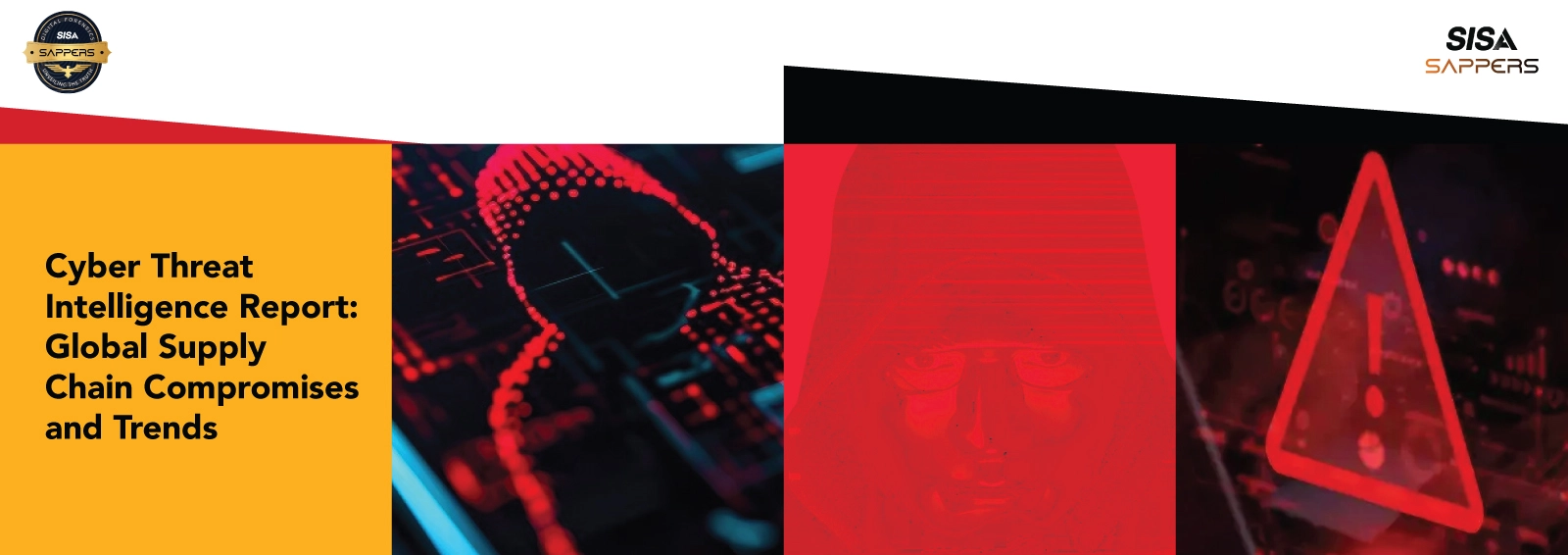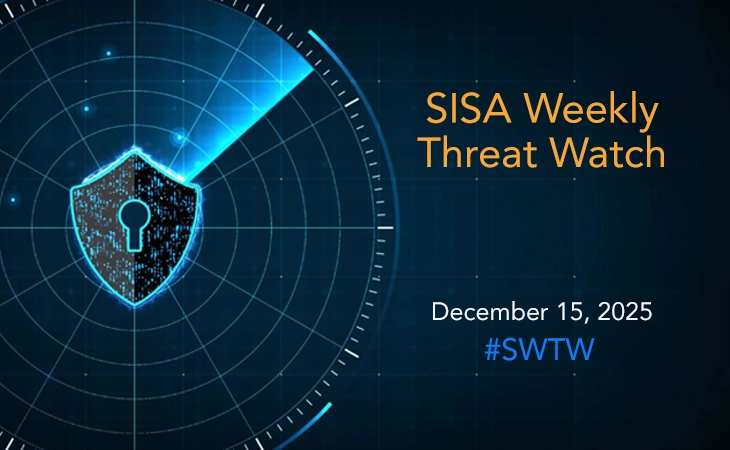
PCI Training Focus Areas To Be Aware Of In 2025
The digital landscape is the lifeblood of modern commerce, and at its heart lies the secure processing of payment card data. For businesses that handle, process, or store this sensitive information, compliance with the Payment Card Industry Data Security Standard (PCI DSS) isn’t just a regulatory hurdle – it’s a fundamental pillar of trust and security. As we move towards 2025, the landscape of PCI compliance is shifting, driven by the mandatory requirements of PCI DSS version 4.0. This blog will guide you through the essential PCI training focus points to be aware of in 2025, equipping your team to navigate these evolving standards and fortify your security posture.
Why PCI Awareness Training is More Critical Than Ever in 2025
Even if your role isn’t directly involved in the technical implementation of PCI DSS, understanding the core principles is crucial for everyone within an organization that touches cardholder data. Effective PCI Awareness training fosters a security-conscious culture, empowering employees to become a vital first line of defense against potential threats.
PCI Awareness training is designed for anyone working in organizations that store, process, or transmit payment cardholder data.
By fostering a culture of security awareness, businesses can:
- Reduce Risks: Educated employees are less likely to fall victim to phishing or other attacks, protecting sensitive data.
- Ensure Compliance: Training helps meet PCI DSS Requirement 12.6 for general security awareness education.
- Control Costs: Proactive training minimizes the risk of breaches, which can lead to fines of $5,000 to $100,000 per month for non-compliance.
- Build Trust: Compliance signals to customers that their data is secure, enhancing brand reputation.
What to Watch Out for in 2025
As the PCI DSS 4.0 deadline looms, businesses must stay vigilant about emerging trends and compliance challenges. Here are key areas to monitor:
1. Client-Side Attacks on the Rise
Client-side attacks, such as formjacking and Magecart, are growing in sophistication. DataD GROWTH’s 2024 Global Bot Security Report revealed that 65% of websites are vulnerable to basic security attacks, with client-side vulnerabilities being a major concern. Training employees to monitor and manage client-side scripts is critical to staying compliant with Requirements 6.4.3 and 11.6.1.
2. Stricter MFA and Password Requirements
PCI DSS 4.0 mandates MFA for all CDE access, not just remote access, and increases the minimum password length to 12 characters (or 8 if systems don’t support longer passwords). Employees must be trained to adopt passwordless authentication or biometric solutions to meet these requirements.
3. Continuous Monitoring Over Annual Checklists
PCI DSS 4.0 shifts from annual compliance checks to continuous monitoring. Automated tools for log reviews, script monitoring, and vulnerability scanning are now best practices. Training should emphasize the use of solutions like web application firewalls (WAFs) and real-time alerting systems.
4. Increased Documentation Demands
Businesses must maintain detailed documentation for cryptographic practices, software inventories, and script justifications. Training employees to document processes accurately and consistently will streamline audits and reduce compliance risks.
5. Evolving Threat Landscape
With post-quantum cryptography on the horizon, organizations must monitor industry trends and review cryptographic suites annually. Training programs should include updates on emerging threats to keep employees informed.
Core Areas Covered in Effective PCI Training Modules for 2025:
While specific “modules” aren’t rigidly defined across all training providers, a robust PCI training program in 2025 should cover these key areas, especially considering the implications of PCI DSS v4.0:
1. PCI DSS Fundamentals and the 12 Requirements:
- Understanding the PCI DSS Framework: What it is, who it applies to, and its overarching goals in protecting cardholder data.
- In-depth Review of the 12 Core Requirements: From building and maintaining a secure network to regularly monitoring and testing it, each requirement needs clear explanation and relevance to different roles within the organization.
- The Importance of Compliance: Emphasizing the serious negative consequences of non-compliance, including financial penalties and reputational damage.
2. Roles and Responsibilities in the PCI Ecosystem:
Understanding Key Players: Defining the roles and responsibilities of individuals within your organization and external entities like Internal Security Assessors (ISAs), Qualified Security Assessors (QSAs), and Approved Scanning Vendors (ASVs).
Your Individual Role in Maintaining Security: Clearly outlining how each employee’s actions can impact the security of cardholder data.
3. Navigating PCI DSS v4.0: Mandatory Changes in 2025 – A Critical Focus:
This is where training in 2025 will see a significant shift. Awareness modules must incorporate the mandatory changes introduced by PCI DSS v4.0, particularly those with a March 31, 2025 deadline. Key areas to highlight include:
- Enhanced Multi-Factor Authentication (MFA): Emphasizing the requirement for MFA for all access into the Cardholder Data Environment (CDE), not just remote access.
- Increased Password Length and Management: Educating users on the new minimum password length (12 characters where supported) and stricter password management practices.
- Automated Application Protection: Understanding the necessity of automated technical solutions like Web Application Firewalls (WAFs) for public-facing web applications.
- Script Management on Payment Pages: Raising awareness about the risks of unauthorized scripts and the need for inventory, authorization, and integrity checks.
- Annual Reviews of Cryptographic Suites and Protocols: Understanding the importance of regularly reviewing and updating cryptographic practices, including the growing relevance of crypto agility in the face of potential future quantum threats.
- Enhanced Training Programs: Underscoring the need for security awareness programs to be reviewed and updated annually to address current threats like phishing and social engineering.
4. Building a Secure Payments Environment:
- Understanding the Infrastructure: Providing a clear overview of how payment card transactions are processed and the infrastructure involved.
- Best Practices for Data Security: Reinforcing practical steps employees can take to protect cardholder data in their daily work.
- Incident Response Awareness: Educating employees on how to recognize and report potential security incidents.
How to Prepare for PCI DSS 4.0 Compliance
To ensure a smooth transition to PCI DSS 4.0, businesses should integrate training with a broader compliance strategy. Here’s a step-by-step approach:
1. Conduct a Gap Assessment: Evaluate your current security controls against PCI DSS 4.0 requirements to identify gaps, especially in client-side security and phishing defenses.
2. Prioritize Training: Roll out PCI Awareness training for all employees, focusing on high-risk areas like phishing and script management.
3. Implement Automated Tools: Use solutions like Thales’ CipherTrust for encryption and Imperva’s WAF for application protection to meet future-dated requirements.
4. Build a Compliance Roadmap: Create a timeline for addressing vulnerabilities, updating documentation, and training staff before the March 2025 deadline.
5. Consult Experts: Work with QSAs or leverage PCI SSC resources to ensure compliance efforts are on track.
Key Facts and What to Look Out for in PCI Training in 2025:
1. The v4.0 Deadline is Imminent: Emphasize the urgency of understanding and implementing the mandatory PCI DSS v4.0 requirements by March 31, 2025. Training programs must reflect this urgency.
2. Client-Side Security Takes Center Stage: Expect a greater emphasis on client-side security risks and controls in training modules, particularly around script management and protection against attacks like formjacking.
3. Continuous Security is the New Norm: Training should move beyond a “check-the-box” mentality and instill the importance of ongoing monitoring, assessment, and adaptation in maintaining PCI compliance.
4. Automation is Key: Highlight how automated security tools and processes are becoming increasingly crucial for meeting the demands of PCI DSS v4.0.
5. Integration with General Security Awareness: PCI training should ideally be integrated into a broader security awareness program that addresses various cyber threats, reinforcing a holistic security mindset.
Conclusion:
As we navigate the evolving landscape of payment security in 2025, comprehensive and up-to-date PCI training is no longer optional – it’s a necessity. By equipping your team with the knowledge and awareness of PCI DSS, particularly the mandatory changes introduced in version 4.0, you can significantly strengthen your organization’s security posture, build customer trust, and avoid the serious consequences of non-compliance. Invest in robust PCI training today to ensure your business is prepared for the payment security challenges of tomorrow.
Latest
Blogs
Whitepapers
Monthly Threat Brief
Customer Success Stories
 USA
USA India
India APAC
APAC Middle East
Middle East Global
Global


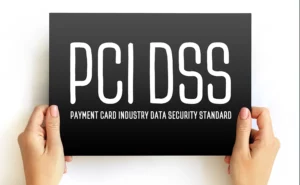



 Facebook
Facebook Linkedin
Linkedin  X
X Youtube
Youtube



